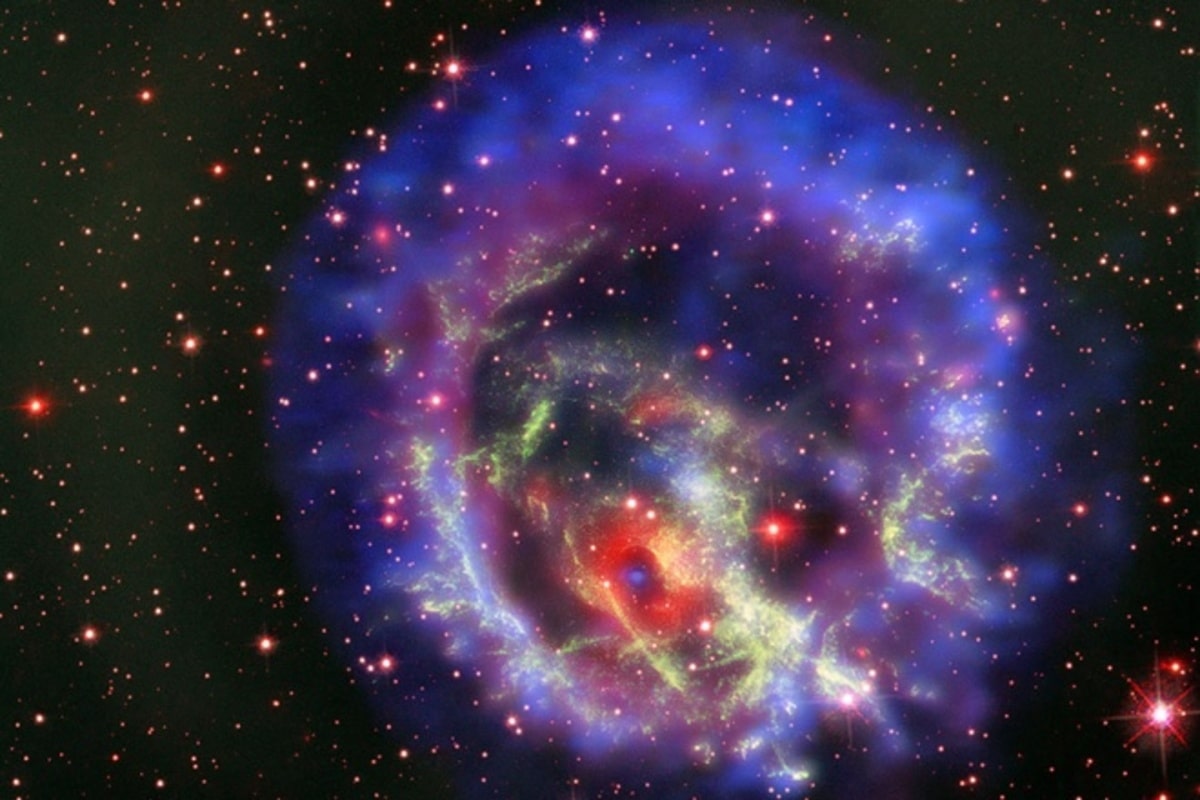Neutron stars are among the most mysterious and extreme objects in the universe. They form when the core of a massive star collapses under gravity after a supernova explosion, becoming incredibly dense. Despite their small size, neutron stars can have a mass several times greater than that of the Sun. The physics behind these stars goes beyond ordinary matter and continues to fascinate astronomers and physicists alike. Here are some fascinating and educational facts about neutron stars that you may not have known.
- A neutron star forms when a star more than eight times the mass of the Sun undergoes gravitational collapse. During a supernova explosion, the outer layers are ejected into space while the core compresses into an extremely dense object. This remnant becomes a neutron star.
- The average diameter of a neutron star is around 20 kilometers, about the size of a large city. Yet its mass can be 1.4 to 2.1 times greater than that of the Sun. A single teaspoon of neutron star matter would weigh about a billion tons on Earth.
- Matter inside a neutron star exists as a state called neutron fluid, which cannot be compressed any further. Atoms are destroyed, and electrons merge with protons to form neutrons. This process gives the star its defining characteristic.
- The surface gravity of a neutron star is so intense that even light is bent around it. This creates an optical effect where parts of the far side of the star can be seen. Escaping its gravitational pull would require traveling at nearly half the speed of light.
- Neutron stars have magnetic fields that can be trillions of times stronger than Earth’s. In some cases, these extreme fields lead to the formation of magnetars, the most powerful magnets in the universe. Their eruptions can release more energy than the Sun produces in 100,000 years.
- Some neutron stars spin at incredible speeds, completing hundreds of rotations per second. These are known as pulsars, and they emit radio waves with perfect regularity. Pulsars serve as cosmic lighthouses and are used to study interstellar space.
- The first pulsar was discovered in 1967 by Jocelyn Bell and Antony Hewish. At first, the signal was suspected to be artificial and was humorously labeled LGM-1, standing for “Little Green Men.” It was later confirmed to be a naturally occurring rotating neutron star.
- Certain neutron stars exist in binary systems, interacting with a companion star. They can draw in matter from the other star, resulting in strong X-ray emissions. These systems are referred to as X-ray binaries.
- When a neutron star accumulates too much mass, it may collapse further and become a black hole. This makes it a transitional object between stellar matter and total gravitational collapse. The limit at which this occurs is known as the Tolman–Oppenheimer–Volkoff limit.
- In 2017, astronomers observed the collision of two neutron stars for the first time in an event known as GW170817. It was the first time gravitational waves and electromagnetic signals were detected from the same phenomenon. Such collisions create heavy elements like gold and platinum.
- Some neutron stars have a crust, known as the stellar crust, which is one of the strongest materials known in nature. It is estimated to be billions of times stronger than steel. Stress within this crust can cause starquakes.
- The surface temperature of a young neutron star can reach millions of degrees Kelvin. Although they cool over time, even older neutron stars remain hot compared to typical celestial objects. Their heat is mostly emitted in the X-ray spectrum.
- Despite their small size, neutron stars have a massive influence on their surroundings. Their gravity bends spacetime, and their interactions with other bodies produce powerful emissions. These effects help scientists study fundamental physical processes.
- Neutron stars are key to modern astrophysics. They allow researchers to explore the behavior of matter under extreme pressure, test theories of gravity, and investigate the structure of elementary particles. They also help us understand the evolution of galaxies and the larger universe.
Neutron stars are true cosmic laboratories where nature pushes physics to its limits. These interesting facts show how even the smallest objects can hide immense power and deep cosmic secrets. You may not have realized how extreme and fascinating these remnants of stellar explosions can be. Neutron stars continue to inspire new discoveries about the universe.





